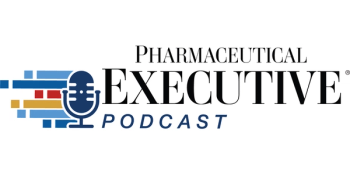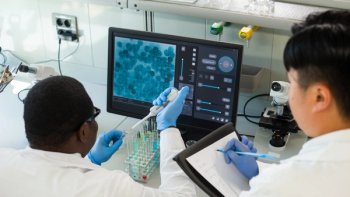
Unique Challenges in Repurposing Drugs for Addiction Treatment
Armando Castro, partner, emerging companies, venture capital, Lowenstein Sandler, explains how repurposing GLP-1s and psychedelics for addiction treatment introduces unexpected patent challenges, liability concerns, and complex state-by-state regulatory hurdles.
In the fast-paced and capital-intensive world of biopharma, early-stage companies face a complex web of challenges—from securing funding and protecting IP to navigating regulatory and commercial pathways. Armando Castro, Partner in the Emerging Companies & Venture Capital practice at Lowenstein Sandler, brings deep legal and strategic expertise to the table, guiding innovative startups through these pivotal moments. In an interview with Pharmaceutical Executive, Castro shares his insights on the current funding environment, trends in biotech dealmaking, and how early-stage life sciences companies can position themselves for long-term success.
Pharmaceutical Executive: Are there any unique regulatory or legal risks that investors should be aware of when evaluating companies repurposing GLP-1 drugs for addiction therapy?
Armando Castro: There are unique challenges in this space. One of them—perhaps unexpectedly—is the patent issue I mentioned earlier. You might think, “I’m taking an existing substance and entering a new market,” only to discover that repurposing a drug brings its own set of concerns.
Liability is another major consideration, and it's not always obvious at first. Take existing drugs like GLP-1s, for example—they work for obesity and may also be effective for people without addiction disorders. Similarly, psychedelics show potential in treating certain aspects of addiction. But early studies suggest there could be risks—like an increased risk of cardiac arrest. When you're treating patients who may already have physical health challenges as a result of past addiction, their bodies might not respond to these treatments as expected.
Think about how we all react when we read the warning labels on medications—sometimes you wonder if you should even take them. For patients whose immune systems or overall health may be compromised due to addiction, a drug that could help might also pose serious risks. It’s not unlike chemotherapy: while it targets the cancer, it also takes a toll on the body. That’s the kind of liability concern we face when using an existing drug for a new patient population.
There’s also the challenge of regulatory variability across states. You don’t always associate that with pharmaceuticals, but cannabis is a good example—even though that’s not our focus here. State laws vary widely on its use, whether for medical or recreational purposes. Companies developing GLP-1 drugs or psychedelics for treating addiction would need to navigate not only federal regulations, but also diverse and sometimes conflicting state laws. That’s a layer of complexity you might not face when developing a drug like a GLP-1 for obesity, which—at least to my knowledge—is permitted in all states for that purpose.
Full Interview Summary: Venture capitalists evaluating the addiction treatment space—particularly those exploring GLP-1 drugs and psychedelics—face significant regulatory and legal hurdles. GLP-1 drugs, although FDA-approved for obesity, would require new clinical trials and approvals (likely beginning with Phase I and II) to be used for treating addiction. This lack of an accelerated regulatory pathway adds considerable cost and complexity, deterring investment. Additionally, many existing patents on GLP-1s may cover new uses like addiction therapy, meaning potential license fees and reduced profit potential. Psychedelics face their own challenges as most remain Schedule I substances, but they offer a cleaner patent landscape with the possibility of broader protection if successful in treating addiction.
Investors must also weigh legal liabilities—patients with addiction histories may have weakened systems, increasing the risk of adverse reactions. State-by-state regulatory variability adds further uncertainty, especially as some jurisdictions may approach these treatments differently, much like cannabis regulations.
However, several market and public health shifts are making addiction treatment more attractive for pharmaceutical investment. Growing societal recognition of addiction as a medical condition has reduced stigma, while value-based care models and telehealth expansion are helping to lower long-term treatment costs. Moreover, the $26 billion opioid settlement has prompted states to seek innovative treatment options, creating a funding opportunity for alternative therapies. Investor interest is further encouraged by early- and mid-stage health tech momentum and ongoing discussions at the U.S. Patent and Trademark Office about limiting overly broad “method of use” patents.
Future regulatory developments—especially if the FDA and NIH increase flexibility around novel addiction treatments—could open additional pathways. The NIH’s HEAL Initiative may support clinical exploration of GLP-1s for addiction. Policymakers and public institutions appear increasingly supportive of reducing bureaucratic barriers for new treatments, adding further momentum to the field.
Newsletter
Lead with insight with the Pharmaceutical Executive newsletter, featuring strategic analysis, leadership trends, and market intelligence for biopharma decision-makers.




